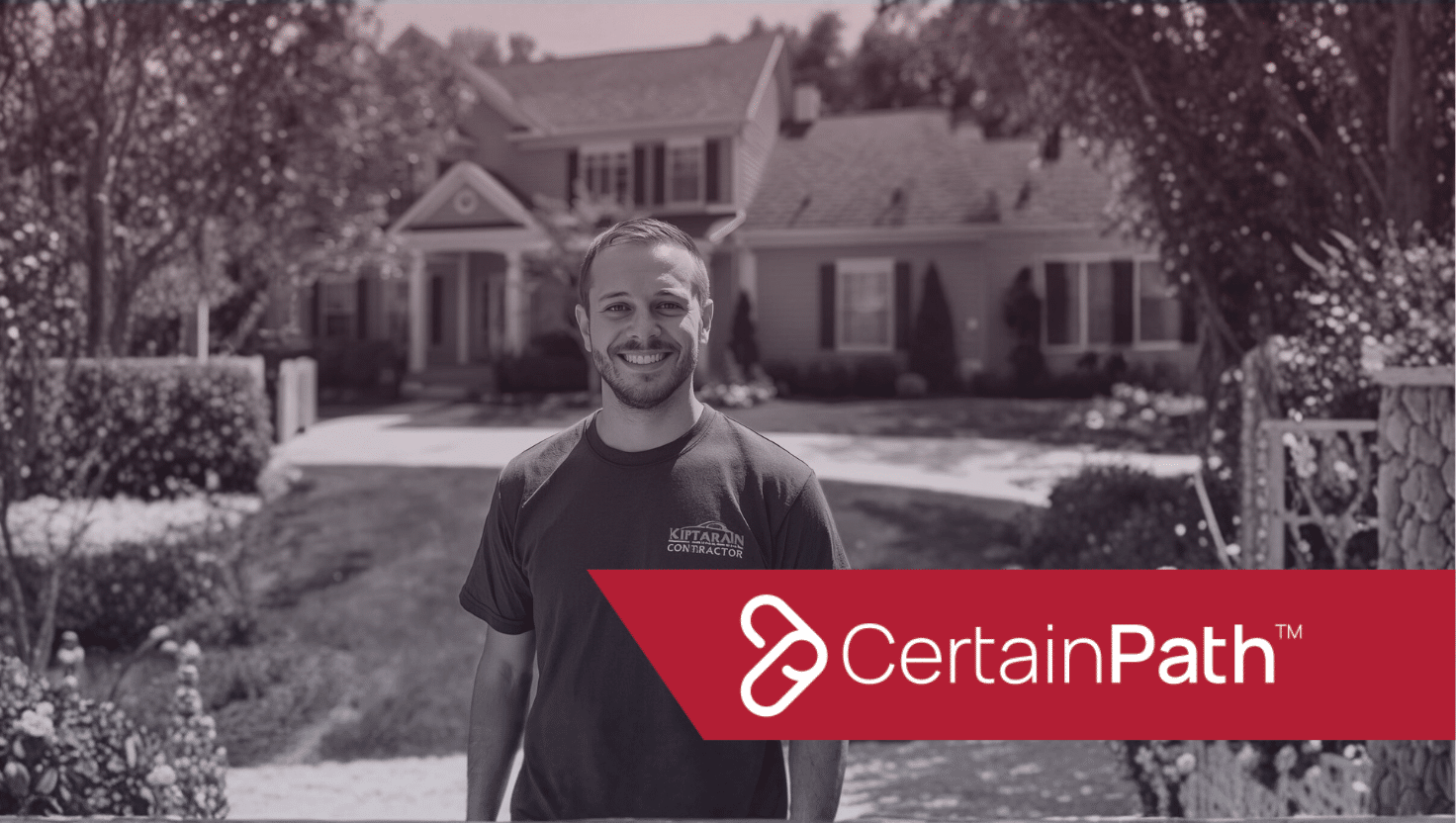Managing roofing insurance claims can be a daunting task for roofing contractors. As a crucial aspect of the business, dealing with insurance claims requires careful attention and strategy to ensure a successful outcome. Whether you’re a seasoned roofing contractor or a newcomer to the industry, understanding the ins and outs of managing roofing insurance claims is essential for your business’s success. In this ultimate guide, we’ll discuss everything you need to know about roofing contractor insurance claims, from understanding the process to maximizing your claim’s potential. Read on to learn how to effectively manage roofing insurance claims for your business.
Understanding the Basics of Insurance Claims in the Roofing Industry
As a roofing contractor, understanding the basics of insurance claims in the roofing industry is essential for the success of your business. Insurance claims are a crucial aspect of the roofing business, as they provide the financial support needed to repair or replace damaged roofs. To effectively navigate this process, it’s important to have a clear understanding of how insurance claims work and the role they play in your roofing contractor services.
Insurance claims in the roofing industry typically involve filing a claim with an insurance company on behalf of your client, the property owner. This claim seeks financial compensation for damages to the roof that are covered by the client’s roofing business insurance policy. The insurance company will then evaluate the claim and determine the appropriate amount of compensation based on factors such as the extent of the damage, the age of the roof, and the policy coverage limits.
Steps for Efficiently Processing Roofing Insurance Claims
Navigating the insurance claims process is crucial for roofing contractor services to ensure a successful outcome. To efficiently process roofing insurance claims, there are several important steps to follow.
- Thoroughly assess the damage to the roof and gather all necessary documentation, such as photographs, estimates, and invoices. This will provide the evidence needed to support the claim and increase the chances of a favorable outcome.
- Next, familiarize yourself with your client’s roofing business insurance policy. Understanding the coverage limits, deductibles, and exclusions will help you determine what damages are eligible for compensation and what may not be covered.
- Once you have all the necessary documentation and understand the policy, it’s time to file the claim with the insurance company on behalf of your client. Be prepared to provide all the required information and answer any questions the insurance company may have.
- After filing the claim, it’s important to stay in regular communication with the insurance company to track the progress and ensure all necessary information is provided promptly.
- Finally, review the settlement offer from the insurance company and negotiate if necessary to ensure your client receives fair compensation for the damages.
How to Effectively Communicate with Insured Clients
When it comes to managing roofing insurance claims, effective communication with insured clients is key. Open and transparent communication builds trust and ensures that your clients are informed every step of the way. Here are some tips to help you communicate effectively with insured clients:
Set clear expectations: From the initial conversation, clearly explain the claims process, timeline, and potential outcomes. Make sure your clients understand what to expect and feel confident in your ability to handle their claim.
Provide regular updates: Keep your clients informed about the progress of their claim. Whether it’s through phone calls, emails, or in-person meetings, provide updates on the status, any additional information needed, and next steps.
Listen attentively: Take the time to listen to your clients’ concerns, questions, and feedback. Show empathy and address their needs to create a positive client experience.
Simplify technical jargon: Insurance claims can involve complex terms and processes. Break down the information in a way that is easy for clients to understand. Avoid using technical jargon and provide clear explanations.
Be responsive: Respond promptly to your clients’ inquiries and requests for information. This demonstrates your commitment to their satisfaction and helps build a strong professional relationship.
Best Practices for Documenting Damages and Repairs
When it comes to managing roofing insurance claims, documenting damages and repairs is a crucial step in ensuring a successful outcome. Effective documentation not only helps support your claim but also provides a clear record of the damage and repairs for both your client and the insurance company. Here are some best practices for documenting damages and repairs in roofing insurance claims.
First, take detailed photographs of the damaged areas from multiple angles. This includes close-ups of any specific damage, as well as wide shots to provide context. These photographs should clearly show the extent of the damage and the areas in need of repair.
Next, create a detailed written report describing the damages and the necessary repairs. Be specific about the materials and labor required, as well as any additional factors that may affect the repair process.
In addition to photographs and written reports, it’s important to gather any other supporting documentation, such as estimates from reputable contractors, invoices for repairs, and any relevant permits or certifications.
Navigating Complex Claim Scenarios: Hail, Wind, and Storm Damage
When it comes to managing roofing insurance claims, navigating complex claim scenarios, such as hail, wind, and storm damage, can present unique challenges. These types of damage can be difficult to assess and require specific expertise to accurately document and negotiate with the insurance company.
One of the key aspects of navigating complex claim scenarios is understanding the specific provisions in your client’s insurance policy that cover hail, wind, and storm damages. Familiarize yourself with the language used in the policy and identify any exclusions or limitations that may affect the claim. This knowledge will help you effectively communicate with the insurance company and advocate for your client’s rights.
Another important step is documenting the damage thoroughly. Take detailed photographs from various angles, highlighting the extent of the damage caused by hail, wind, or storms. Additionally, gather any supporting documentation, such as weather reports or expert assessments, to strengthen your case. This evidence will play a crucial role in negotiating a fair settlement with the insurance company.
Leveraging Technology to Streamline the Claim Process
In today’s digital age, leveraging technology is key to streamlining the claim process for roofing contractors. By harnessing the power of technology, you can save time, reduce paperwork, and improve communication with insurance companies and clients. Here are some ways you can use technology to streamline the claim process.
Firstly, consider using cloud-based project management software. These platforms allow you to store and access all relevant documentation in one centralized location. You can easily upload and share photos, estimates, invoices, and other important files with insurance adjusters and clients. This not only eliminates the need for physical paperwork but also ensures that everyone involved in the claim process has real-time access to the latest information.
Additionally, explore the benefits of mobile apps specifically designed for roofing contractors. These apps enable you to quickly and accurately assess roof damages, generate estimates, and even communicate directly with insurance companies. By digitizing these processes, you can save valuable time and ensure accuracy in your claims documentation.
Handling Disputes and Rejections: Tips and Strategies
Handling disputes and rejections in roofing insurance claims can be challenging, but with the right tips and strategies, you can navigate these situations successfully. One key tip is to stay calm and professional throughout the process. Emotions can run high when disputes arise, but it’s important to approach the situation with a level head and a focus on finding a resolution.
When facing a dispute or rejection, thoroughly review the insurance company’s decision and understand their reasoning. This will help you identify any gaps in your documentation or potential areas for negotiation. If you believe the decision is unjustified, be prepared to present additional evidence or engage in discussions with the insurance company to address their concerns.
Another strategy is to leverage your expertise and knowledge of insurance policies. Understand the specific provisions in your client’s policy that apply to the claim, and use this information to advocate for your client’s rights. Be prepared to provide clear explanations and examples to support your arguments.
Additionally, consider seeking advice or assistance from a professional, such as a public adjuster or an attorney who specializes in insurance claims. These professionals can provide valuable guidance and support in navigating disputes and rejections.
Frequently Asked Questions about Roofing Insurance Claims
You’ve learned a lot about managing roofing insurance claims so far, but you may still have some questions. Don’t worry, we’ve got you covered! Here are some frequently asked questions about roofing insurance claims to help address any lingering concerns:
1. What should I do if my client’s insurance claim is denied?
If your client’s claim is denied, don’t panic. Review the denial letter and understand the reasons behind it. Then, gather any additional evidence or documentation that supports your client’s claim. You can also reach out to the insurance company to discuss the denial and see if there is any room for negotiation.
2. How long does the insurance claims process typically take?
The duration of the claims process can vary depending on several factors, such as the complexity of the damages and the responsiveness of the insurance company. Generally, it can take anywhere from a few weeks to a few months. Stay in regular communication with the insurance company to track the progress and keep your client informed.
3. Can I negotiate the settlement offer from the insurance company?
Yes, you can negotiate the settlement offer if you believe it is unfair or inadequate. Gather evidence and documentation to support your case and present a counteroffer to the insurance company. Be prepared to engage in discussions and provide clear explanations to justify your desired compensation.
4. How can I ensure that my client receives fair compensation for their roofing damages?
To ensure fair compensation, it’s important to thoroughly document the damages and repairs, gather supporting evidence, and stay in regular communication with the insurance company. By being proactive, responsive, and persistent, you can advocate for your client’s rights and maximize their compensation.
Final Thoughts and Key Takeaways
In the world of roofing contractor services, managing insurance claims can be a challenging endeavor. However, with the knowledge and strategies outlined in this ultimate guide, you are well-equipped to navigate the complexities of roofing insurance claims.
Understanding the basics of insurance claims in the roofing industry is essential for your business’s success. By familiarizing yourself with the process and the role insurance claims play in your services, you can confidently navigate the claims process and maximize your clients’ compensation.
Efficiently processing roofing insurance claims involves several important steps, from assessing the damage to negotiating a fair settlement. By following these steps, you can ensure a smooth and successful claims process for both you and your clients.
Effective communication with insured clients is crucial for a positive client experience. By setting clear expectations, providing regular updates, and simplifying technical jargon, you can establish trust and keep your clients informed throughout the claims process.
Thoroughly documenting damages and repairs is key to supporting your claim and maximizing your compensation. By taking detailed photographs, creating written reports, and gathering supporting documentation, you can provide a clear record of the damage and repairs for both your client and the insurance company.
Navigating complex claim scenarios, such as hail, wind, and storm damages, requires specific expertise and careful documentation. By understanding your client’s insurance policy and leveraging your knowledge, you can effectively advocate for your client’s rights and negotiate a fair settlement.
Leveraging technology, such as cloud-based project management software and mobile apps, can streamline the claims process and improve communication with insurance companies and clients. Embrace the power of technology to save time, reduce paperwork, and enhance efficiency in your roofing insurance claims management.
CertainPath provide the professional coaching, tools, community, and guidance you need to make your roofing business a success. Get in touch with an advisor today and watch your contracting sales grow!





